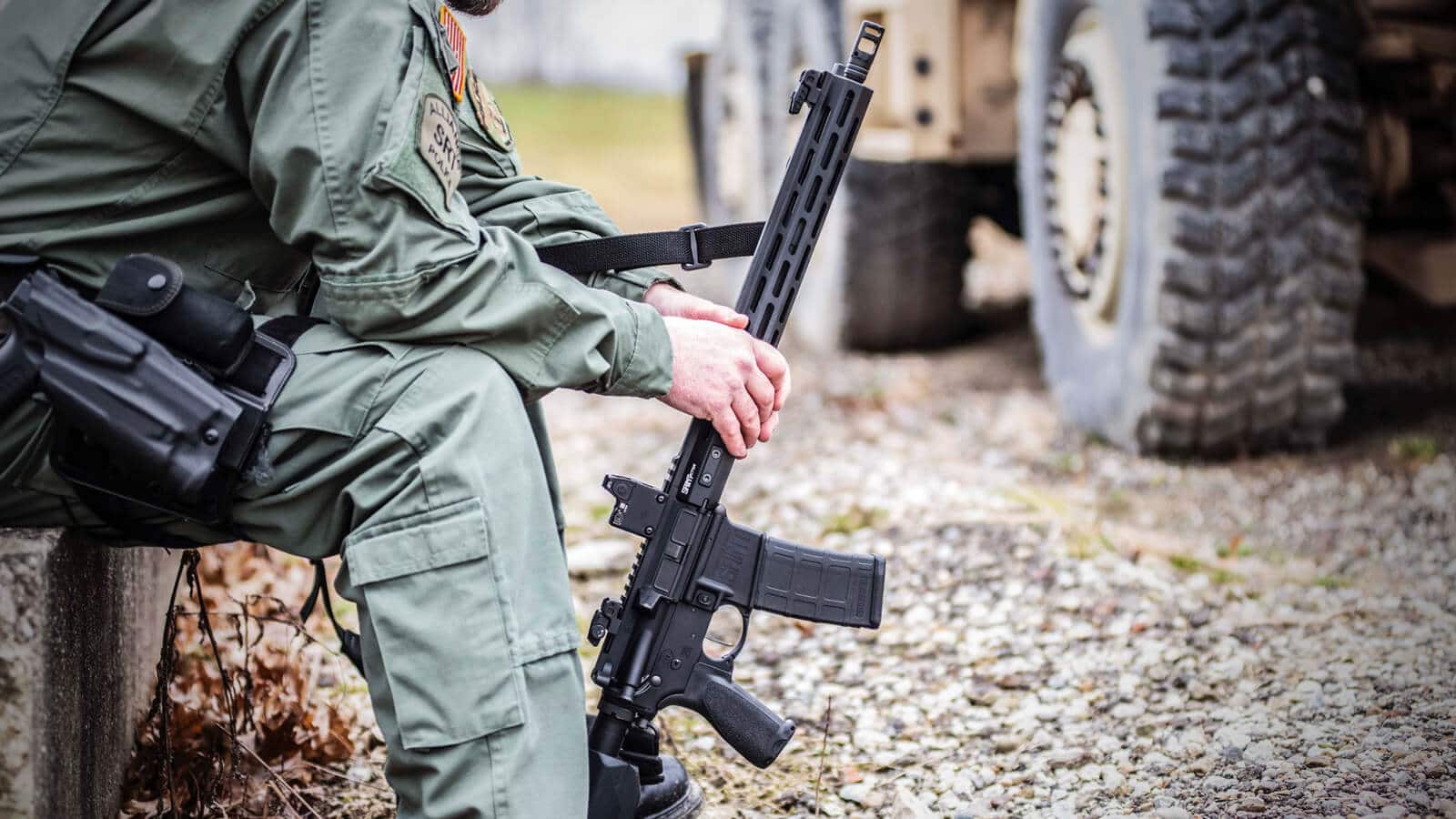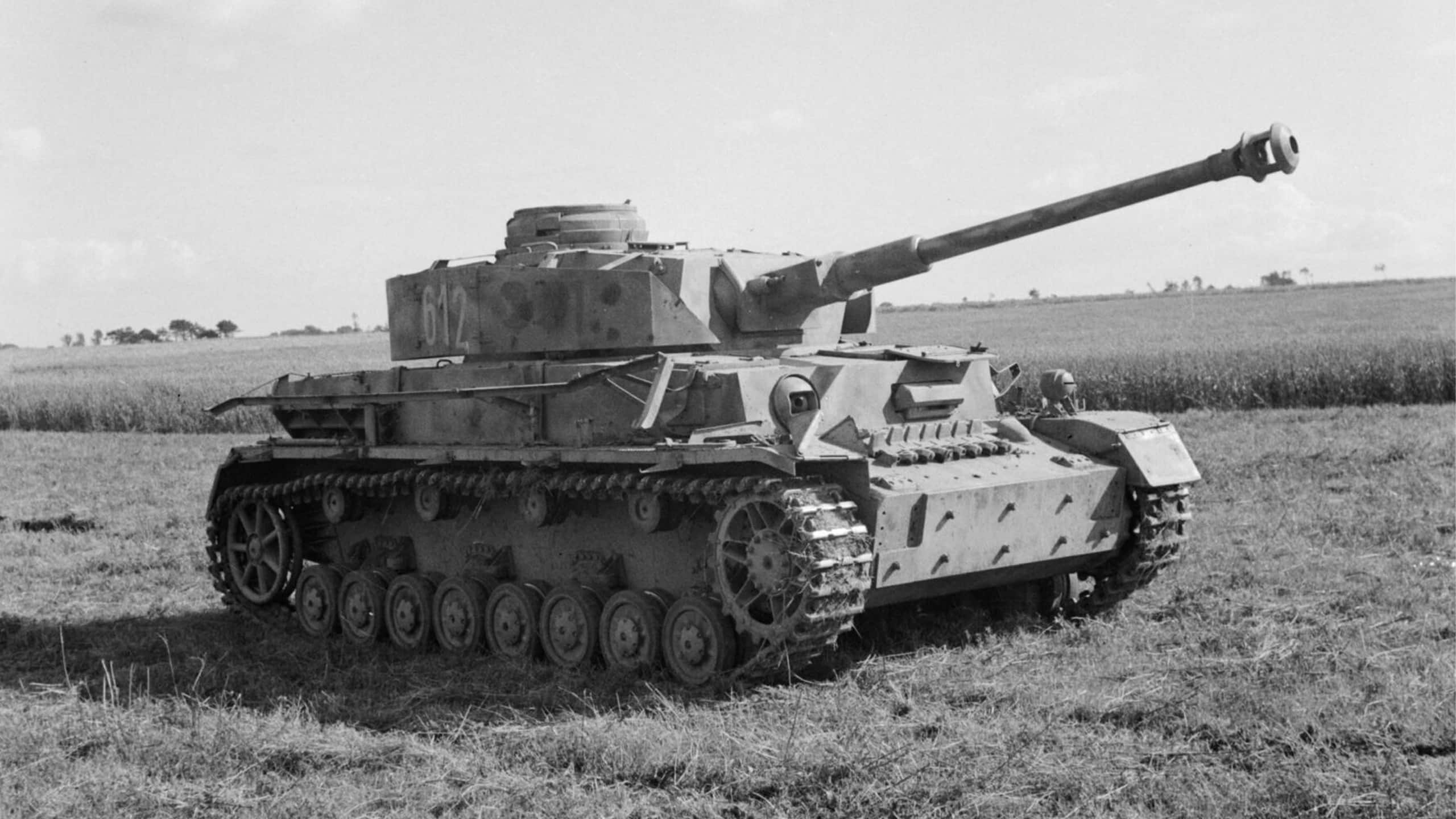Dying On The Vine: Failed Cartridges Of The Modern Era

Not every design ends up being successful. Here we discuss dead or dying cartridges of the modern era.
A little more than a decade ago, I edited Gun Digest’s 13th Edition of Cartridges of the World. If you’re unfamiliar with that book, it’s essentially an encyclopedia of metallic cartridges. I’m not sure how many cartridges the latest volume covers, but the 13th Edition contained the history and specifics for more than 800. Some of those cartridges were, by at least some measure, failures.
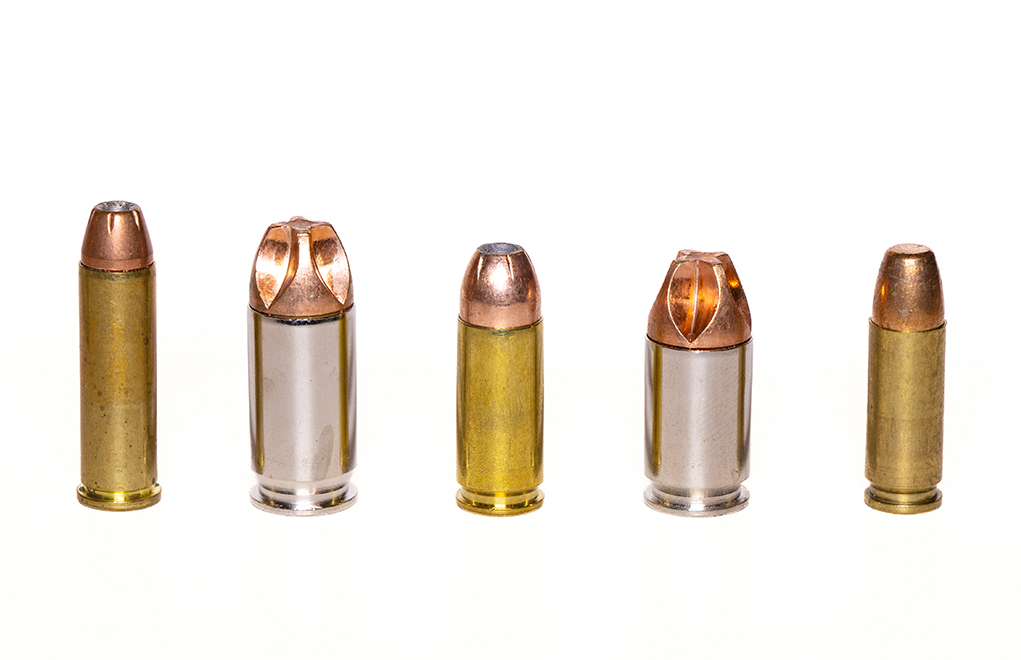
What makes a metallic cartridge a failure? It could be because shooters failed to grasp the cartridge’s intended application, or it could be that the manufacturer failed to effectively convey that message. Sometimes manufacturers fail to divine what the shooting public really wants, or they gambled on past successes with a similar cartridge. On occasion, a cartridge might be too much of a good thing or possibly competitive rules change and neutralize an edge a new cartridge might have had. There are a lot of reasons for a cartridge to be a commercial failure, but that alone does not mean they are a ballistic failure.
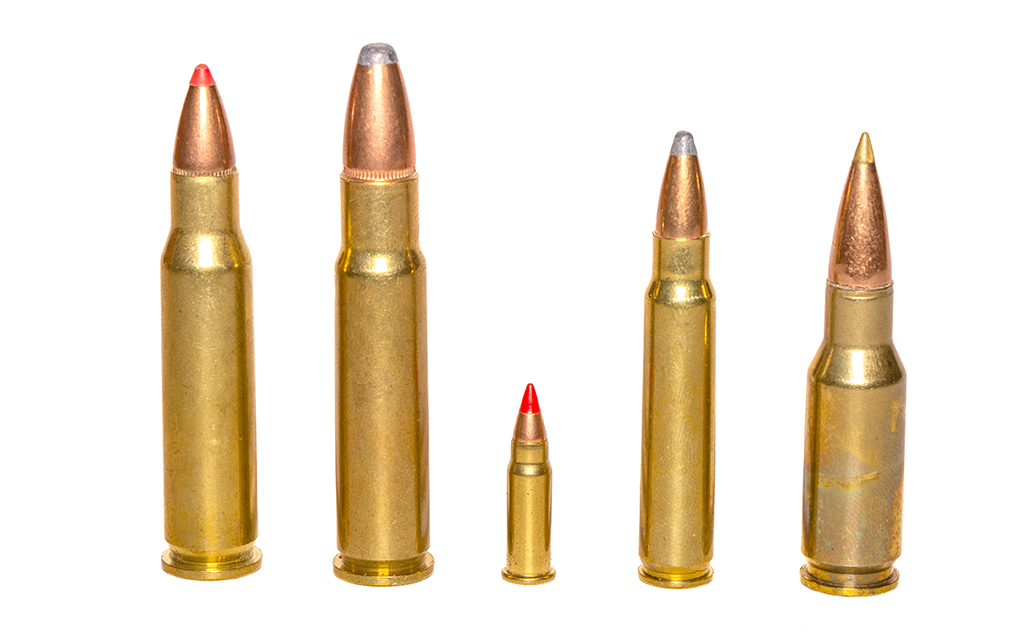

Here’s a look at 10 cartridges that, for various reasons, failed to become popular. It does not mean these are bad cartridges, so if your favorite is on the list, don’t waste your time sending hate mail. The truth is that all these cartridges are very good at their intended purpose; it’s just that most folks could care less.
.307 Winchester
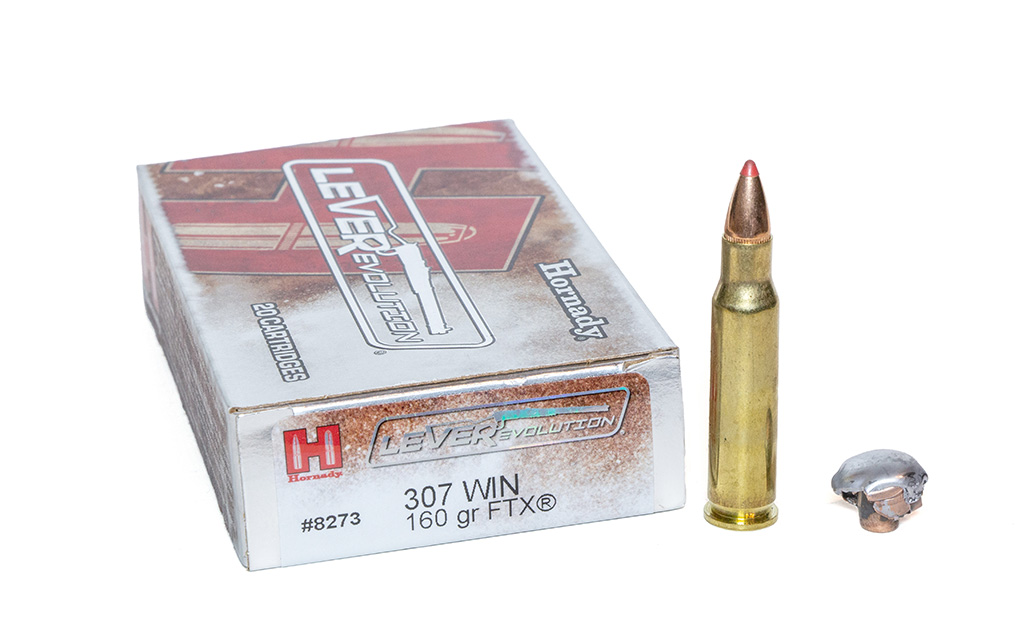

The .307 Winchester is just a .308 Winchester with a rim to better work in Winchester’s 1894 lever-action rifle. Winchester created a special Angle Eject version of their 94 to house the .307, and with it you could mount a riflescope directly over the action. I bought the first one I saw, hunted with it and handloaded for it. The .307 will push a 150-grain bullet to 2,700 equaling the ballistics of the original 30-06 Springfield load. The problem was that as good as these ballistics are, they were still from a traditional lever-action rifle. Most of what everyone wants to do with a traditional lever-action rifle, you can do with the 30-30 Winchester.
Year of Introduction: 1982
Reason for Failure: Ballistically outperformed the practical application of the rifle Winchester created it for.
.45 Super
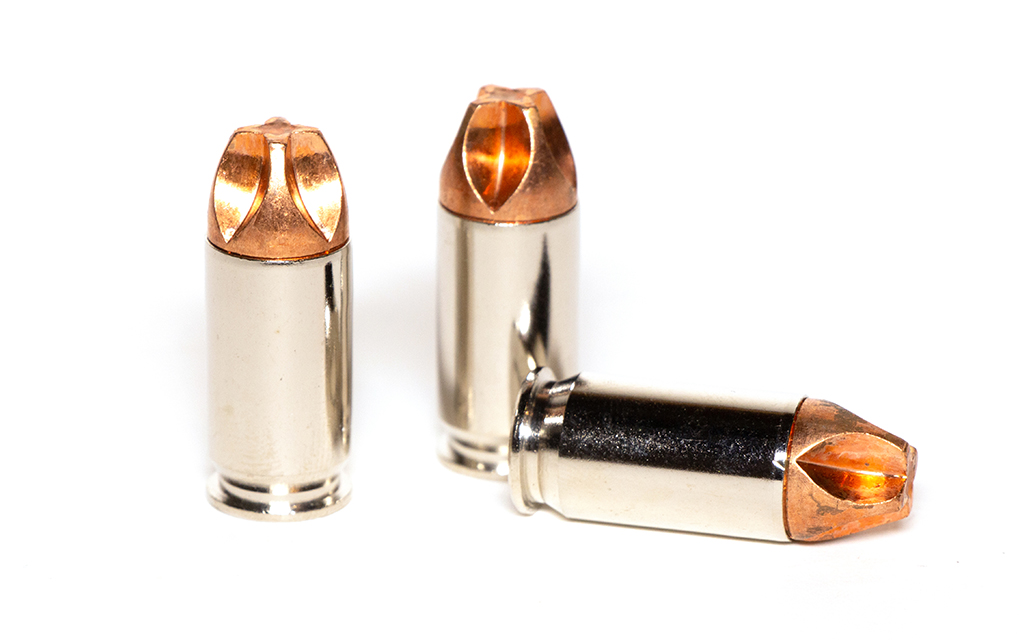

Gun World magazine editor Dean Grennell developed the .45 Super as a more powerful version of the .45 Auto. Because it’s loaded to a maximum pressure that’s 5,000 psi more than .45 Auto +P ammunition, it has about a 250-fps velocity advantage. You can convert most .45 Auto pistols to .45 Super with a new barrel that has a fully supported chamber and a stiffer recoil spring. But the additional velocity comes with about 40 percent more recoil. Buffalo Bore and Underwood Ammunition still load for the .45 Super. Interestingly, it is a shortened 451 Detonics case, which was based on the .45 Winchester Magnum case, which is almost identical to the .45 NAACO cartridge case. North American Arms Corporation’s created the .45 NAACO for the Brigadier pistol they designed to meet Canadian service handgun requirements. Talk about a family of failures.
Year of Introduction: 1988
Reason for Failure: Too much of a good thing.
.356 Winchester
As a companion to their .307, Winchester introduced the .356 Winchester, which offered ballistics almost identical to the .358 Winchester. I thought it would become fantastically popular. After all, it’s suitable for anything walking around in North America. But, apparently, hunters looking for a large-caliber traditional lever action with more power than a .35 Remington, wanted larger caliber bullets too. The .356 could never compete with the .444 Marlin, .45-70 Government or even the much older and ballistically similar .348 Winchester.
Year of Introduction: 1982
Reason for Failure: Hunters wanted a larger caliber to hunt big critters with a traditional lever gun.
.32 H&R Magnum
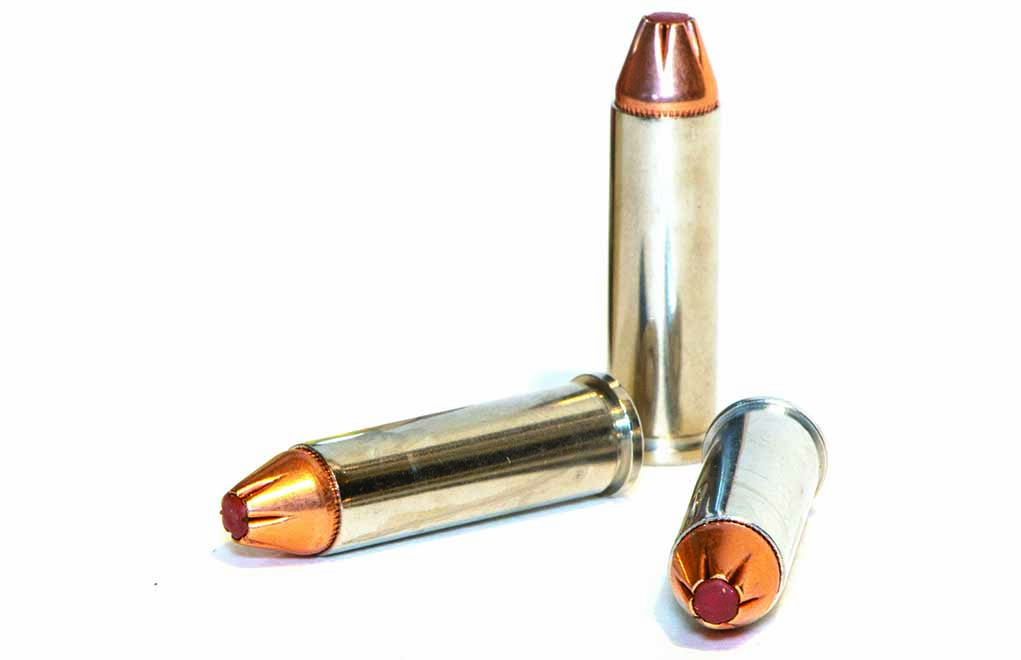

With some help from Federal, Harrington & Richards introduced the .32 H&R Magnum, which is a .32 Smith & Wesson Long with a slightly longer case that’s loaded to a slightly higher pressure. It was marketed as a lighter-recoiling replacement for the .38 Special. It recoiled less, but its terminal performance did not measure up. In truth, the .32 H&R is a great trail/hunting cartridge for revolvers, with more umph than a .22 Magnum but less recoil than the .38 Special. I’ve owned at least one .32 H&R revolver since 1984, and I’ve used them a lot. The cartridge has always had a cult following and is probably the most successful cartridge on this list. Fortunately, Federal has not forgotten it; they just introduced two new loads for it. If you love this failure as much as I do, understand it’s just hanging on by its cartridge rim.
Year of Introduction: 1984
Reason for Failure: Initial bad marketing and niche application.
.356 TSW
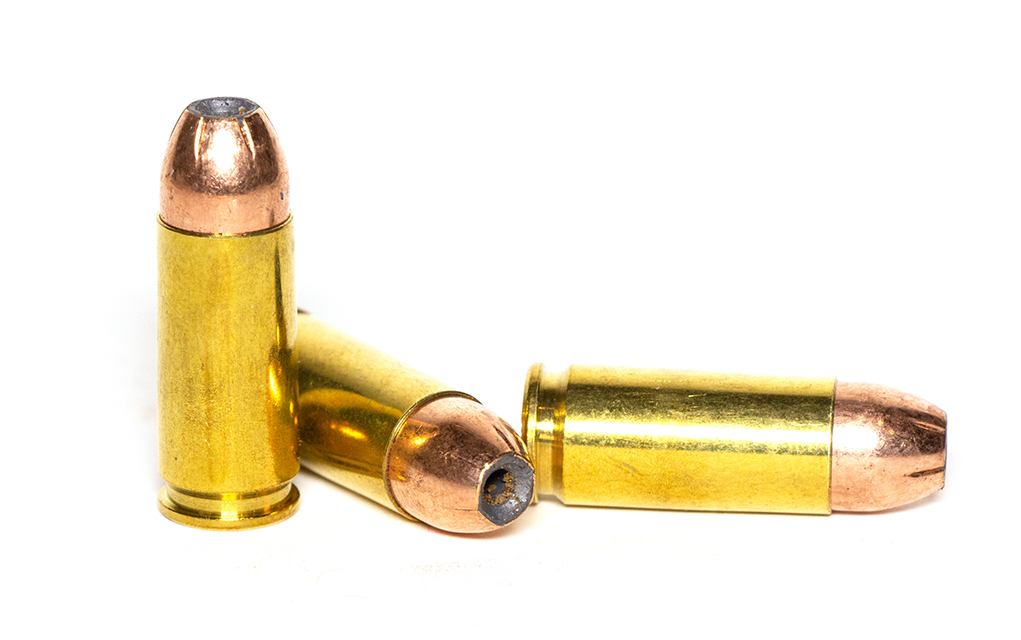

Smith & Wesson designed this cartridge for IPSC competition. It’s really nothing more than a 9mm Luger cartridge loaded in a stronger case that is 21.5mm long as opposed to 19mm. The .356 TSW is also loaded to 50,000 psi, but since the cartridge has an overall length similar to the 9mm Luger, it will still work in 9mm magazines. IPSC changed their rules, arguably because of the .356 TSW, and this threw a wrench in the works. Smith & Wesson then tried to rebrand it for personal protection, sort of changing the meaning of TSW from “Team Smith & Wesson” to “Tactical Smith & Wesson.” It didn’t work. Regardless, this cartridge is a screamer, and you can still get ammo from Underwood Ammunition.
Year of Introduction: 1994
Reason for Failure: Ruled out of contention.
.45 GAP
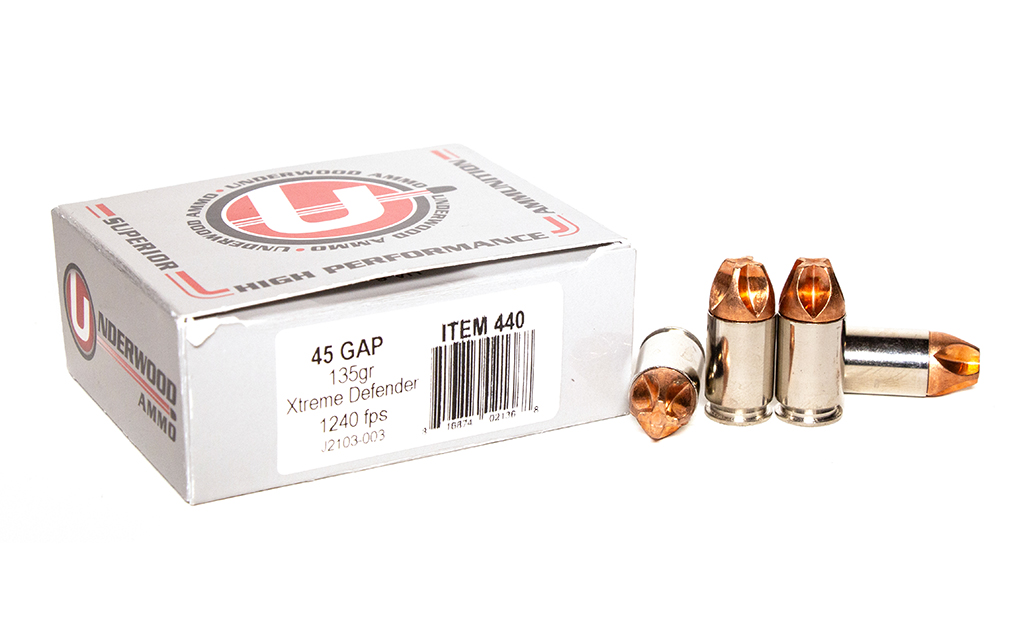

The Glock pistol changed everything. It took some time for shooters to trust a plastic pistol, but with almost coast to coast adoption by law enforcement, it rose to stardom. With law enforcement being a large portion of Glock sales and a tremendous part of their marketing, Glock thought it a great idea to offer their own cartridge—one that would provide .45 Auto performance from a pistol with a smaller grip, so more cops could properly interface with it. Initially, the 45 GAP—Glock Automatic Pistol—received tremendous fanfare. A year later, hardly anyone cared, and a decade later, no one did. Oddly, Glock still offers three pistols in .45 GAP, possibly only because they do not want to admit it was a mistake.
Year of Introduction: 2003
Reason for Failure: Apparently, shooters and cops with little hands did not want to shoot a .45.
.17 Mach 2
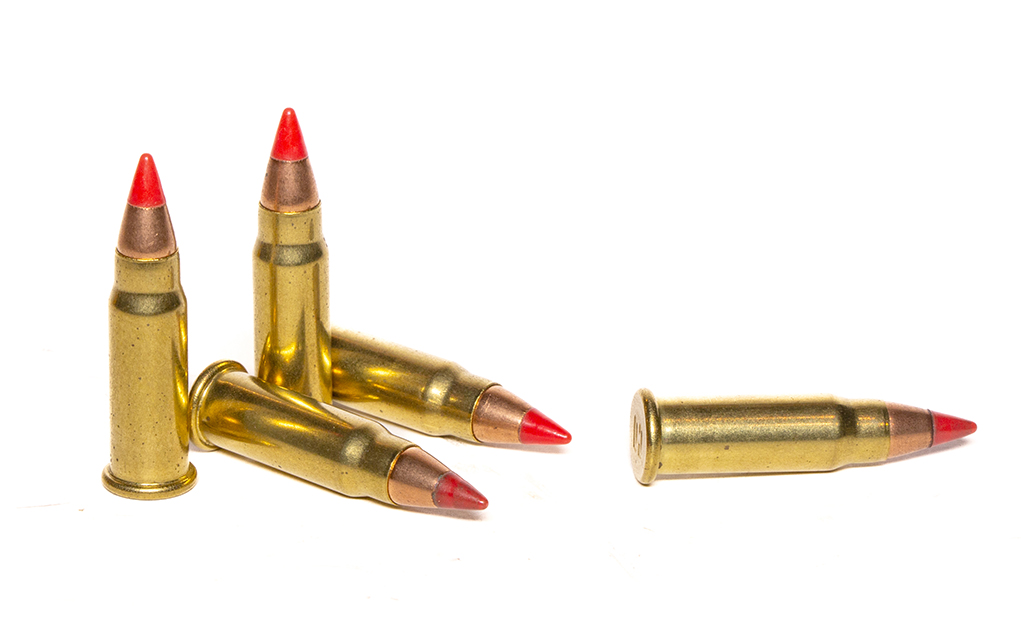

In 2002, Hornady introduced the .17 HMR cartridge, which was based on the .22 Magnum cartridge case. It was an instant success and so popular that two years later Hornady introduced the .17 Mach 2 rimfire cartridge based on of the .22 Long Rifle case. Ballistically, the 17 Mach 2 fell right between the .22 LR and the .17 HMR/22 Magnum, and while compromising ballistics can sometimes be a good thing, apparently this was a level of performance no one wanted. Currently, a major online retailer only lists two loads for the .17 Mach 2, and no one cares unless you were silly enough to buy one back in the day.
Year of Introduction: 2004
Reason for Failure: Too much and too little in the same package.
.25-45 Sharps
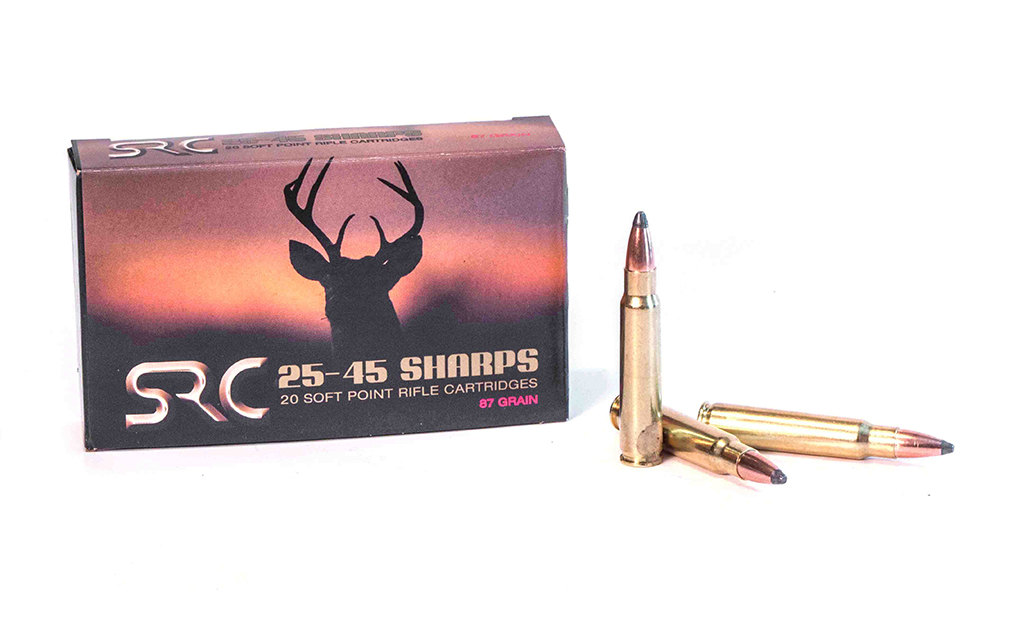

There have been many attempts to create an AR-15 compatible cartridge that offered a ballistic advantage over the .223 Remington for deer hunting. That’s why the .25-45 Sharps was created, and it uses a .223 Remington case necked up to accept a 0.257-caliber bullet. The goal was to duplicate the ballistics of the .250 Savage, and the .25-45 Sharps would do that with 87-grain bullets. However, the case was too long to work with the heavier-more-popular 0.257-caliber bullets most deer hunters preferred. I worked with the cartridge a good bit and even took it to Africa. But limited bullet options combined with the fact most modern shooters did not give a damn about the .250 Savage, doomed its success.
Year of Introduction: 2008
Reason for Failure: Had to compete with the .300 Blackout and was not supported by ammo and firearms manufacturers.
.30 Remington AR
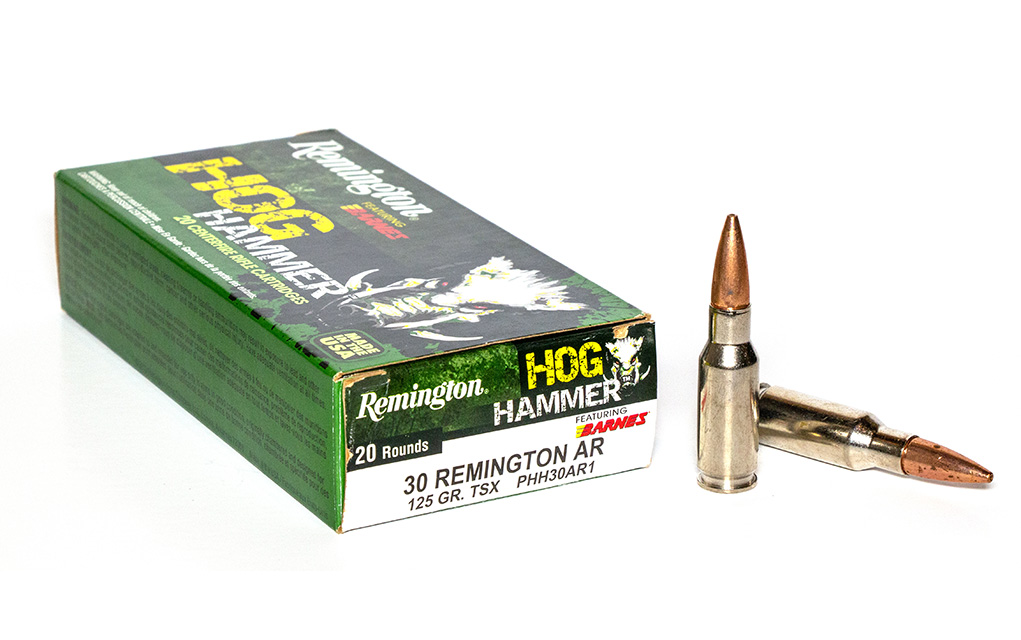

At a time when the media was crucifying the AR-15 rifle for not being suitable for big-game hunting, Remington countered that argument with the .30 Remington AR. It would push a 125-grain bullet to 2,800 fps and a 150-grain bullet to almost 2,600 fps. However, Remington screwed up the introduction of this cartridge so bad it looked like it was intentional. It took two years to get guns to market, and during that time Remington introduced the .300 AAC Blackout with a much better marketing campaign. Additionally, Remington published a widely circulated advertisement showing .30 Remington AR ballistics. The problem was they listed the 300-yard velocities and energies as the performance from the muzzle.
Year of Introduction: 2008
Reason for Failure: Timing and marketing mistakes.
.30 Super Carry
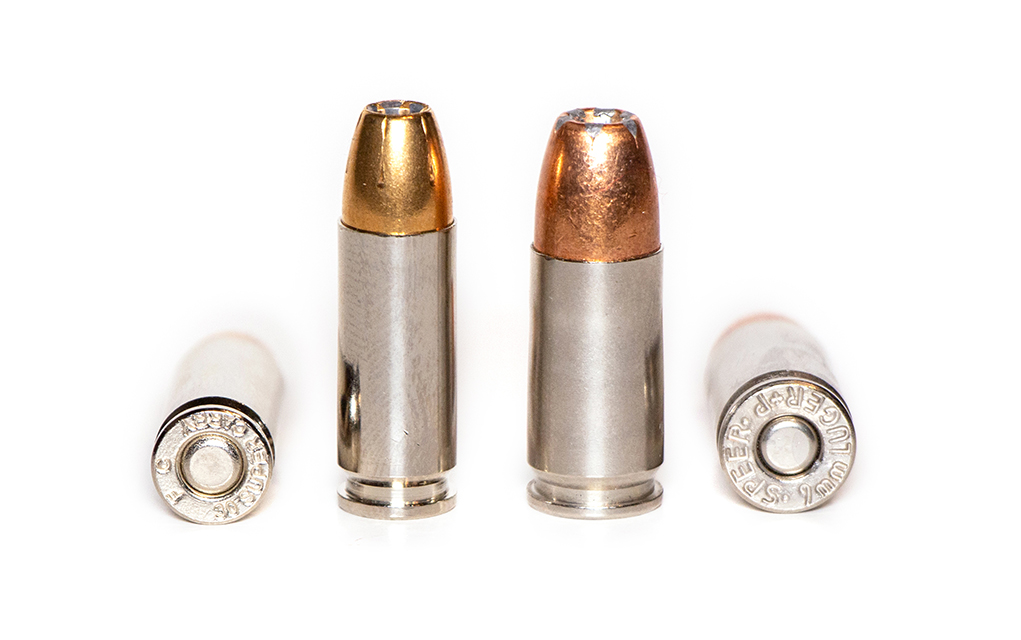

This may be the most misunderstood pistol cartridge. It makes perfect sense because it offers 9mm performance with a 20 percent increase in capacity. Its ballistics are so good because Federal created great bullets for it, and they loaded it to 52,000 psi, which is 20 percent more than 9mm Luger +P ammo is loaded to. When tested in 10 percent ordnance gelatin, the .30 Super Carry performs almost identically to the 9mm. So, why is it not the most popular self-defense pistol cartridge in the world? One reason really: Glock. The .30 Super Carry has been around for three years, but Glock has yet to offer a pistol chambered for it. In fact, Sig Sauer, Springfield Armory and Ruger haven’t either. Why? Maybe 52,000 psi is just too much pressure for those guns.
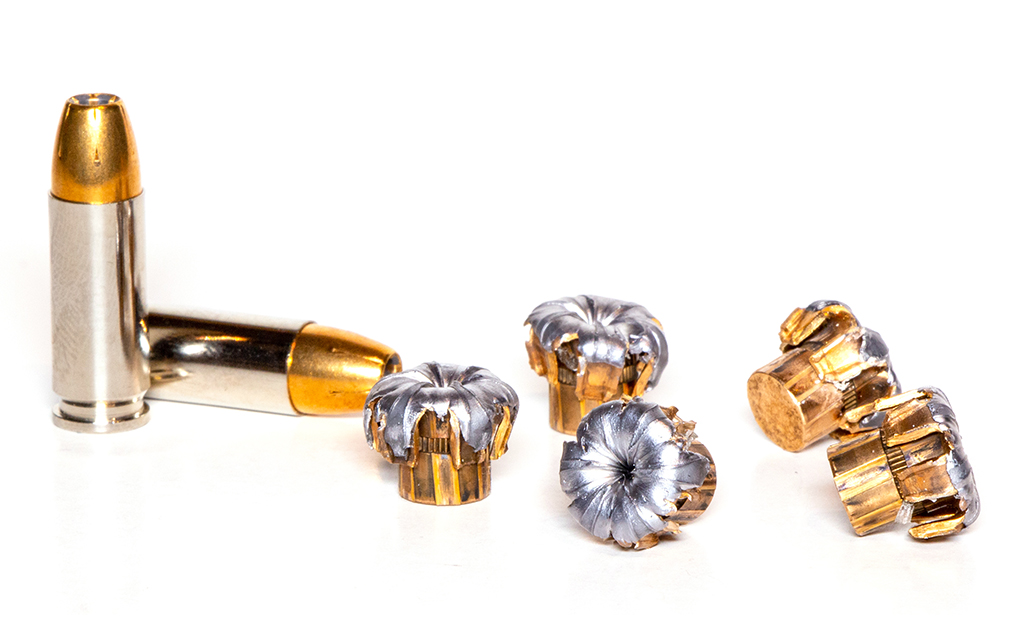

Year of Introduction: 2022
Reason for Failure: No Glock, Ruger or Springfield Armory pistols and consumer misunderstanding.
Editor’s Note: This article originally appeared in the July 2025 issue of Gun Digest the Magazine.
Raise Your Ammo IQ:


